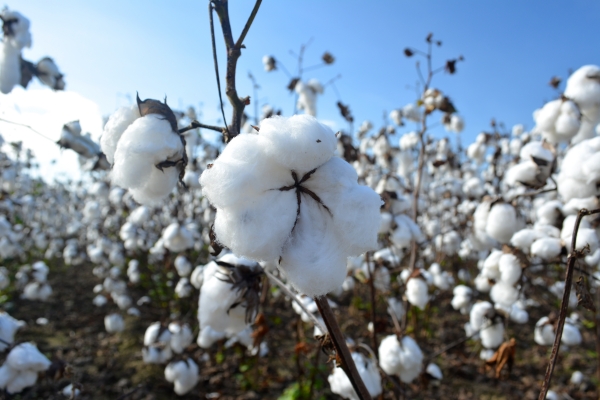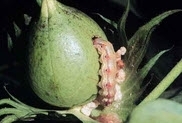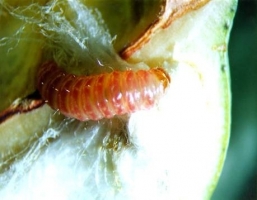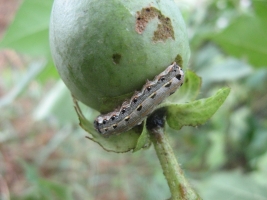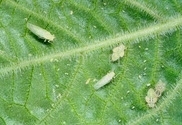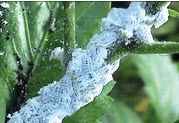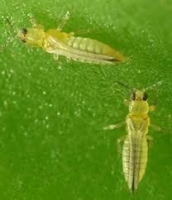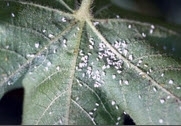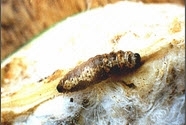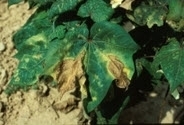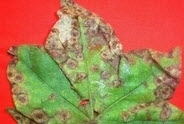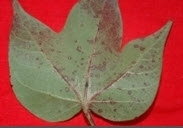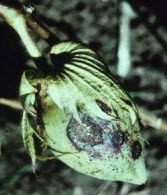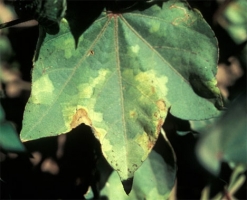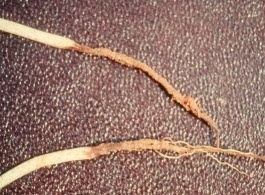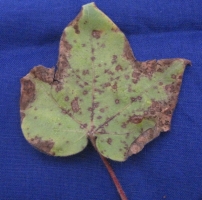HS 6: Plant having average height of 150-160cm and suitable for early sowing. Ready to harvest in 180-185 days. Bolls are bigger that’s why harvesting is easier. Resistant to jassid attack and pink borer. Gives average yield of 9 qtl/acre having 36% ginning outturn.
H 1098: Variety having plant height of 130cm and suitable for late sowing. Ready to harvest in 165 days. Bolls are medium in size. It give average yield of 8-9 qtl/acre with ginning outturn of 35%.
HHH 223: Jassid resistant, hybrid variety having height of 150-160cm. Suitable for sowing in 15 april to 20 may. Plant height is about 150-160cm. Ready to harvest in 180 days. Gives average yield of 8-9 qtl/acre with ginning outturn of 35%.
HHH 287: Suitable for sowing in irrigated areas. Ready to harvest in 160-170 days. Gives average yield of 8-9 qtl/acre with ginning outturn of 35%.
H 1117: Variety having plant height of 150-160cm, suitable for early sowing. Resistant to blight disease. Ready to harvest in 175-185 days. Gives average yield of 8 qtl/acre with ginning outturn of 36%.
H 1226: American variety having plant height of 150-160cm, resistant to wilt disease. Ready to harvest in 160-165days. Gives average yield of 9-10 qtl/acre with ginning outturn of 34%.
HD 107: Desi variety suitable for early sowing. Ready to harvest in 180 days. Gives average yield of 9-10 qtl/acre gives ginning outturn of 38%.
HD 123: Ready to harvest in 165 days. Gives average yield of 9 qtl/acre with ginning outturn of 39%.
HD 324: Ready to harvest in 170-180 days. Gives average yield of 8-9 qtl/acre with ginning outturn of 42%.
HHH 287: Plant height is about 150cm. Gives average yield of 10 qtl/acre with ginning outturn of 38%.
Other states varieties
Ankur 226BG, PCH 406 BT, Sigma Bt, SDS 1368 Bt, SDS 9Bt, NAMCOT 402 Bt, GK 206 Bt, 6317 Bt, 6488 Bt, MRC 7017 BG II, MRC 7031 BG II, NCS 145 BG II , ACH 33-2 BG II, JKCH 1050 Bt, MRC 6025 Bt, MRC 6029 Bt, NCS 913 Bt, NCS 138 Bt, RCH 308 Bt, RCH 314 Bt

